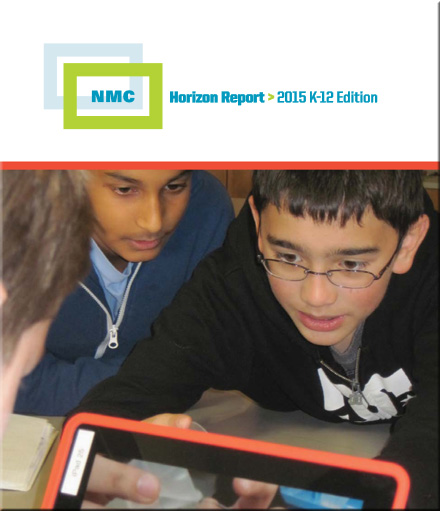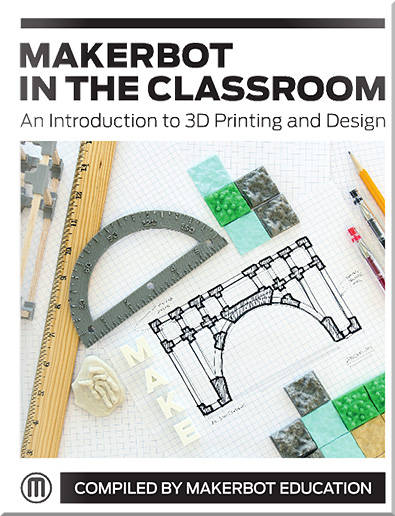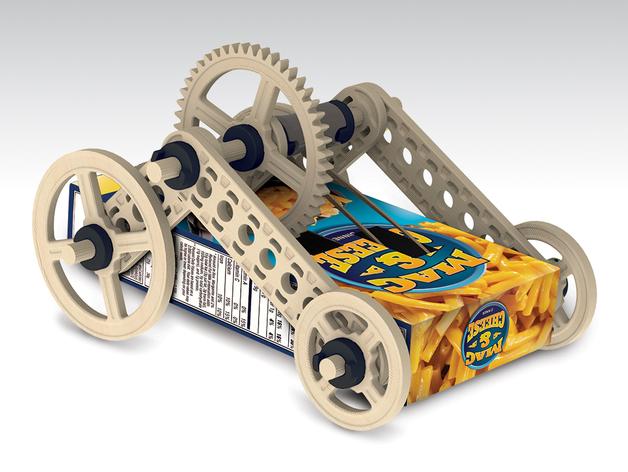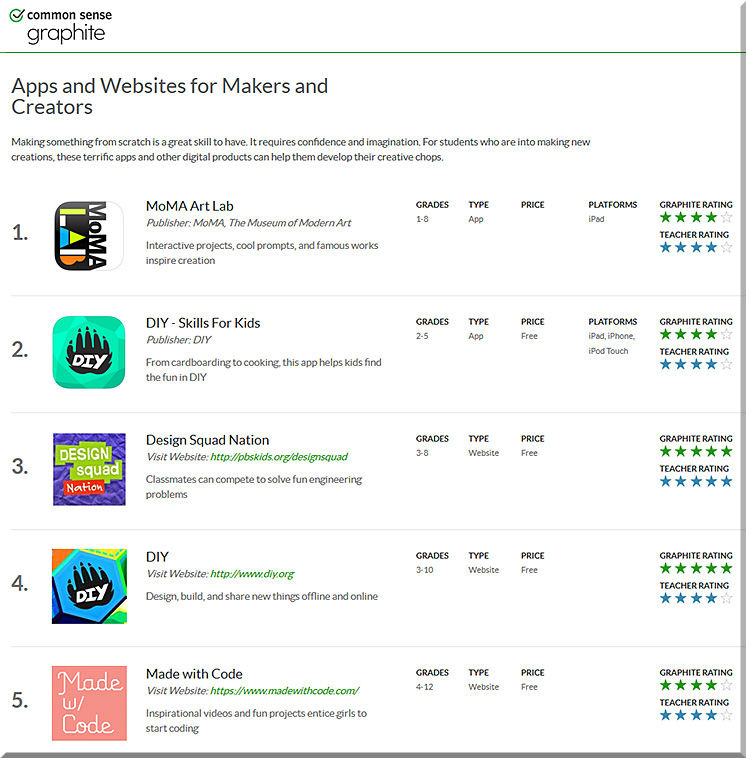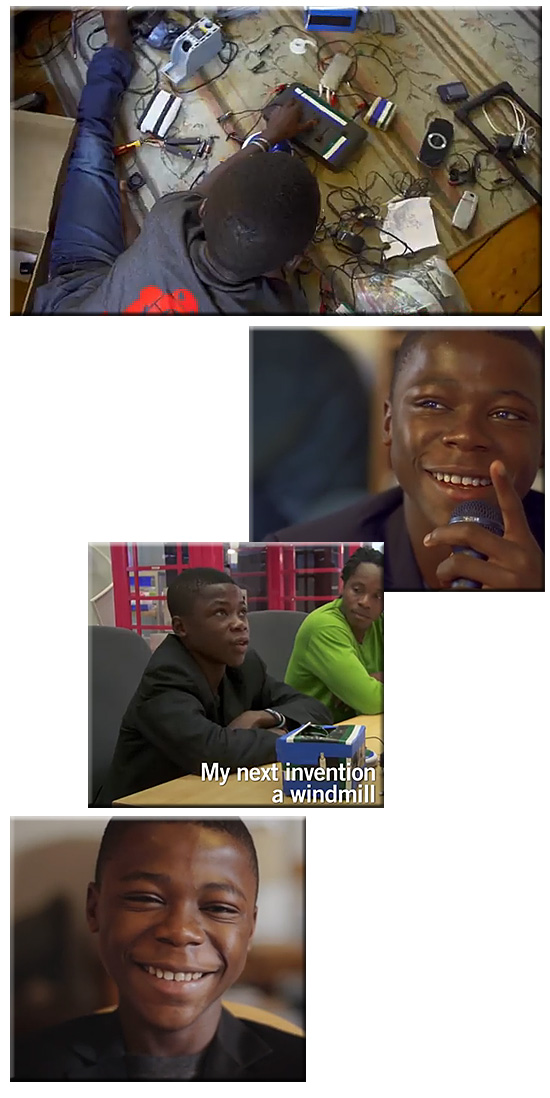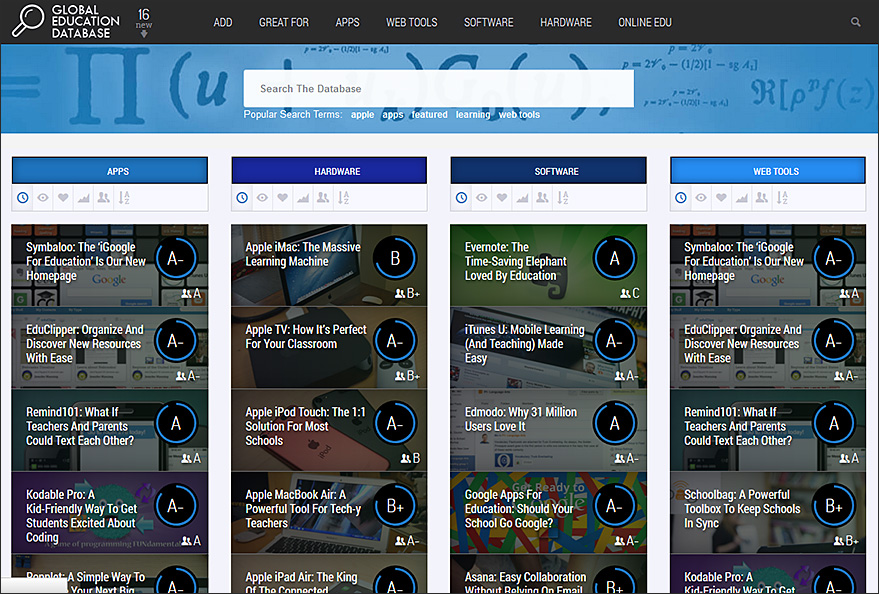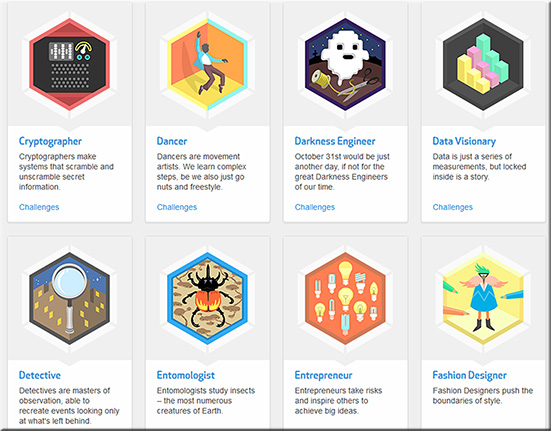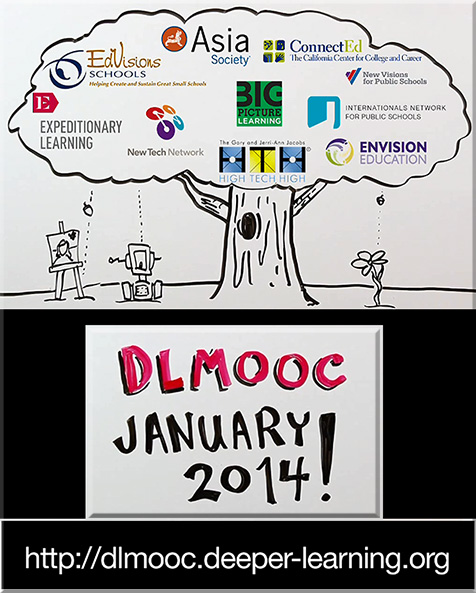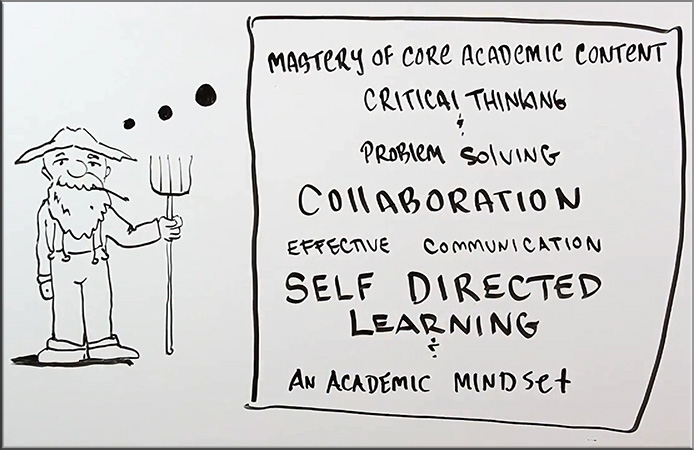The NMC Horizon Report > 2015 K-12 Edition is now out.
Description:
What is on the five-year horizon for K-12 schools worldwide? Which trends and technologies will drive educational change? What are the challenges that we consider as solvable or difficult to overcome, and how can we strategize effective solutions? These questions and similar inquiries regarding technology adoption and transforming teaching and learning steered the collaborative research and discussions of a body of 56 experts to produce the NMC Horizon Report > 2015 K-12 Edition, in partnership with the Consortium for School Networking (CoSN). The NMC also gratefully acknowledges ISTE as a dissemination partner. The three key sections of this report — key trends, significant challenges, and important developments in educational technology — constitute a reference and straightforward technology planning guide for educators, school leaders, administrators, policymakers, and technologists. It is our hope that this research will help to inform the choices that institutions are making about technology to improve, support, or extend teaching, learning, and creative inquiry in K-12 education across the globe. View the wiki where the work was produced.
> Download the NMC Horizon Report > 2015 K-12 Edition (PDF)
> Download the report preview (PDF)
> Download the interim results (PDF)









